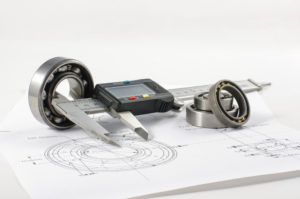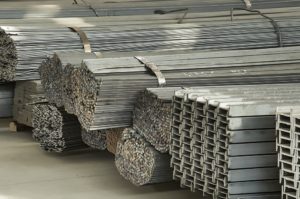
How to Get the Most from Your VA/VE Process
October 10, 2018
It has never been more important to promote collaboration amongst industrial fabrication partners than today, and this is evidenced by the increased focus on Joint Value Analysis/Value Engineering (VA/VE) programs.

But the underlying goal is the true determinant of success of the program. For example, is VA/VE being used to strengthen product development, productivity, and cost reduction or is it used as a hammer to beat down supplier partners?
In the end, a VA/VE program can only succeed when it promotes trust and the sharing of information. As such, here are some ideas on how to get the most from your VA/VE process.
Team Approach
You’ve probably heard the saying ‘it takes a village to raise a child,’ and the same is true when it comes to building a world-class supply chain. In terms of VA/VE, the process should be one that encourages alternatives in the pursuit of delivering a better product at a lower price.
In addition, a core philosophy is cost sharing, as this will give supplier partners the incentive they need to share openly and honestly. This not only extends to how cost and subsequent reductions are calculated, but also the impact of quality and productivity improvement initiatives.
Beyond this, the data generated from this process can be used to inform future decisions. But this starts with involving metal fabrication partners in the entire VA/VE process, including analyses, as they can help to make proposals for the following:
-
Design Changes
These are relevant for components or entire assemblies, as the input is coming not just from engineers who have only run simulations, but by the people who know what it takes to make it work right.
In addition, input from supplier partners in design changes can help to reduce scrap, weight, and improve performance. All of this leads to increased value for the OEM and the end customer, and it all starts by involving the supplier partner in the process.
-
Process Changes
This is another area where change orders are often made in a vacuum without input from all parties. However, doing so misses an opportunity for the entire system to learn from the improvement.
Sure, the supplier partner will have the know-how of the production processes and engineers will be able to run software simulations, but the combination of the two approaches are needed to yield the best possible results. In this way, the entire team can spot the critical control points in the production process and then apply changes proactively.
-
Logistics
There is no doubt that logistics are a major part of any organization’s supply chain costs. In the context of VA/VE, better communication can also be extended to identifying issues which impact delivery times and costs. This can lead to scheduling adjustments to meet urgent needs.

-
Material Planning
Material planning in the age of tariffs has never been harder, but incorporating the learnings from the VA/VE process can be shaped into a competitive advantage. This happens because the process is designed to identify the best material in terms of technical requirements and cost, and this is just another way in which a metal fabrication partner can add value to the process.
-
Labor Savings
Regardless of whether you are manufacturing in a low-cost or advanced manufacturing environment, making the most of your VA/VE process means keeping close tabs on your labor cost component. But to roll these learnings into a competitive advantage requires involving supplier partners in a conversation which traces the labor component from receiving to shipping – and every step in between. Only in this way can marginal cost reductions be captured and shared.
-
Productivity
The last piece of the puzzle is control time. While the bulk of this is captured by automated processes running simulations or limited production runs, they can help to identify subtle ways to improve productivity. This includes taking the data from the VA/VE process to minimize risk and then finding the optimal path for the part or assembly in question.
In conclusion, involving metal fabrication partners in the Value Analysis/Value Engineering process can help OEMs to make the most of their investments in this area. This extends from discussions around design and optimal production processes to logistics, material selection, labor cost reduction, and, ultimately, productivity.
Learn more about how Miller Fabrication Solutions helps industrial machinery OEMs maximize the impact of their VA/VE process in this OEM case study.
You Might Be Interested In
Blog
January 27, 2023
Consolidating Suppliers Reduces OEM Supply Chain RiskQuality
February 2, 2021
Process Improvement is the Key to Winning